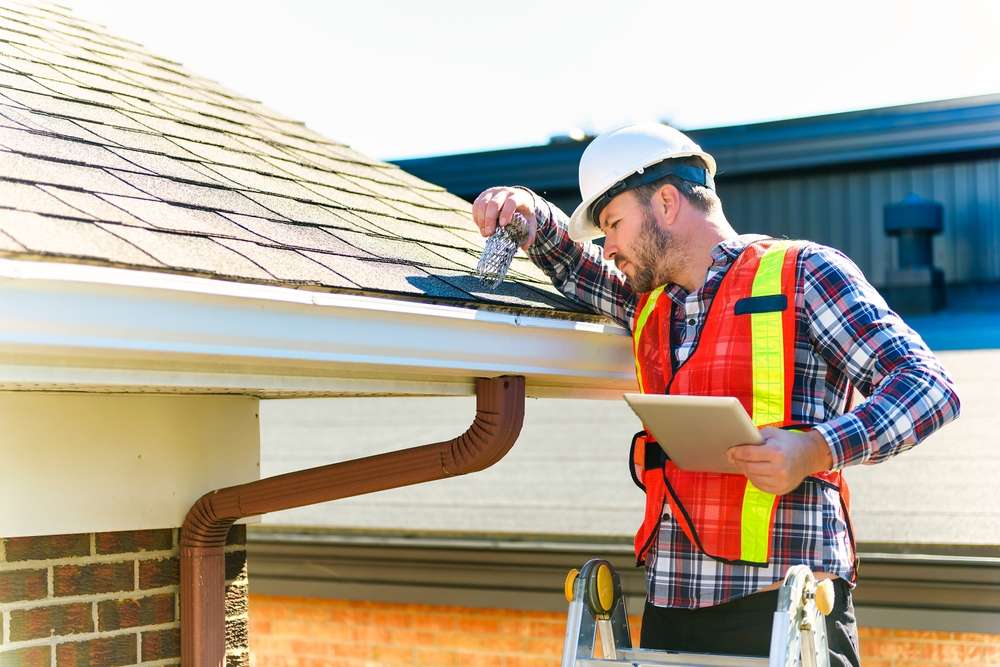Detecting and Preventing Water Damage in Your Home
Water damage can quietly undermine a home's structure, encourage mold growth, and lead to expensive repairs. Learn how to recognize early warning signs, protect vulnerable areas like roofs and basements, take rapid action when leaks occur, and choose professional restoration to safeguard your property and health.

Water damage can start small yet escalate quickly, affecting a home’s structure, air quality, and value. Recognizing the warning signs early and taking preventative measures are essential for homeowners who want to avoid costly repairs and mold problems. This guide explains how to spot problems, protect vulnerable areas, respond to leaks, and know when to call in professionals.
Common signs of water damage in your house
Water intrusion often reveals itself through a range of visible and sensory clues. Look for darkened or discolored patches on ceilings and walls, which usually point to an active leak. Paint that peels or bubbles, warped or buckling flooring, and baseboards that separate from walls are frequent indicators of moisture problems. A persistent musty or moldy odor is another strong signal that water has infiltrated hidden cavities. Unusual sounds, such as steady dripping, running water when fixtures are off, or creaking floor joists, may suggest concealed leaks needing immediate attention. Keep an eye on increased utility bills or unexplained damp spots around appliances; these can be early hints of slow plumbing failures.
How to spot roof leaks and why they matter
The roof is one of the most common entry points for water. Damaged or missing shingles, cracked or corroded flashing, and deteriorated seals around chimneys, vents, and skylights all allow water to penetrate the roof system. After storms or heavy winds, inspect the attic for damp insulation, water stains, or visible streaks on rafters. Ceiling stains or a sudden appearance of daylight through roof boards are urgent red flags. Left unaddressed, roof leaks can compromise structural framing, ruin insulation, and provide ideal conditions for mold growth. Regular roof checks—especially following severe weather—help catch issues before they escalate into major repairs.
Steps to protect your home from water intrusion
Prevention reduces both the frequency and severity of water damage. Maintain a functional gutter and downspout system so rainwater flows away from the foundation rather than pooling near it. Trim trees and shrubs that contact the roof or siding to prevent damage and improve airflow. Install water detectors in basements, crawl spaces, and near major appliances like washers, dishwashers, and water heaters to receive early warnings. Choose water-resistant materials such as tile, waterproof drywall, or treated plywood in bathrooms, kitchens, and basements, and ensure adequate ventilation to lower humidity levels. Consider upgrading aging plumbing, seals around windows and doors, and sump pump systems in flood-prone areas.
Immediate actions when you discover a leak
When a leak is found, rapid action limits the extent of damage. If the source is a plumbing failure, locate and shut off the main water valve to stop further flow. Move valuables, electronics, and important documents away from the affected zone and elevate furniture when possible. Begin drying the area with towels, fans, and dehumidifiers; remove wet carpets and padding if saturation is severe. Photograph and catalog the damage for insurance claims before disposing of irreparably damaged items. If mold becomes apparent or the leak is extensive, avoid prolonged exposure and consider wearing protective gear when handling contaminated materials. Contact your insurer to report the incident and ask about coverage and required documentation.
When to call professionals and what they do
Some situations can be handled by homeowners, but many cases call for professional water damage restoration. Restoration specialists bring specialized equipment such as truck-mounted extractors, industrial air movers, and commercial dehumidifiers to remove standing water and dry structural elements thoroughly. They perform moisture mapping to find hidden pockets of dampness, apply antimicrobial treatments to stop mold growth, and recommend structural repairs if framing, insulation, or sheathing are compromised. Licensed contractors can also handle reconstruction tasks and coordinate with insurance adjusters. Typical service offerings include water extraction, drying, mold remediation, odor control, and reconstruction consultation.
| Service Provider | Specialized Services | Average Response Time |
|---|---|---|
| ServiceMaster | Water extraction, structural drying, mold control | 1-2 hours |
| SERVPRO | Emergency response, restoration, reconstruction | 1 hour |
| PuroClean | Water mitigation, dehumidification, odor removal | 30-60 minutes |
Prices, rates, or cost estimates mentioned in this article are based on the latest available information but may change over time. Independent research is advised before making financial decisions.
Long-term prevention and maintenance
Keeping water damage at bay is an ongoing effort. Schedule annual or biannual plumbing inspections to spot corroded pipes, loose fittings, and slow leaks before they become emergencies. Inspect and maintain your roof regularly, replacing worn shingles and resealing flashing as needed. Ensure grading directs runoff away from the foundation and maintain drains and sump pumps so they function during heavy rains. Replace old appliances and pipes on a planned schedule rather than waiting for failure, and maintain adequate ventilation in high-moisture rooms by using exhaust fans and dehumidifiers. Installing a whole-home leak detection system that can automatically shut off water when abnormal flow is detected can prevent catastrophic loss.
Taking these measures reduces the likelihood of costly repairs and protects indoor air quality and structural integrity. By staying vigilant for early signs, acting quickly when leaks occur, and partnering with qualified restoration professionals when needed, homeowners can minimize the risks and consequences of water damage and preserve their property for the long term.






